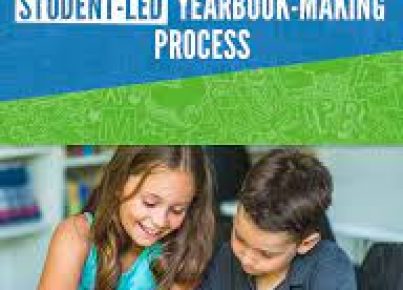In the year-round schooling method, K-12 students in the United States go to school all around the year while having a couple of breaks during the year. This schooling system can either be single-track (ST) with unified attendance or multi-track (MT) with staggered attendance plans. Schools can also choose to combine both tracks in their approach to year-round schooling. While for the single-track method, both staff and students follow the same calendar, while in the multi-track method, staff and students don’t have to follow the same calendar. Instead, they are separated into staggered instructional blocks and break schedules.
Furthermore, single-track and multi-track systems can be very varied. For example, the 60-20 schedule features the division of the school year into three sixty-day class schedules and three twenty-day breaks. This schedule has a variation, where there could be three- to four-week breaks, and can be utilized via either the single or multi-track systems. The 60-20/60-15 schedule is pretty popular, now routinely utilized by approximately one-third of year-round academic institutions in the United States.
Another example is the 45-15 schedule, which approximately 40% of year-round schools use. For this schedule, fifteen days break period follows forty-five days of teaching/education. A variation of this schedule is the 45-10 schedule, where an extra four-week break is given to staff members and students. As with the previous schedule, this one can also be used in the single- or multi-track system.
Year-round schooling has several pros. For one, it helps students steer clear of the dreaded “brain drain,” which many experienced earlier during their long summer breaks. This model of schooling also helps in better retention of the knowledge and skills students have learned, which has been demonstrated by their higher scores on some standardized tests. Earlier, students used to show losses in their language and math knowledge over the long summer break. They also faced problems when trying to re-acclimate themselves to their peers, teachers, the school schedule and its rules and expectations, and non-academic demands, like participation in sports, after a long summer break.
Some parents are unhappy with the year-round model as they say it won’t give families adequate time to go on vacations. Opponents of year-round schooling also say that more frequent and shorter breaks will be problematic for students who want to engage in non-school related activities (like parks and recreation activities, summer camps, etc.) and sports or wish to take up summer job opportunities.




